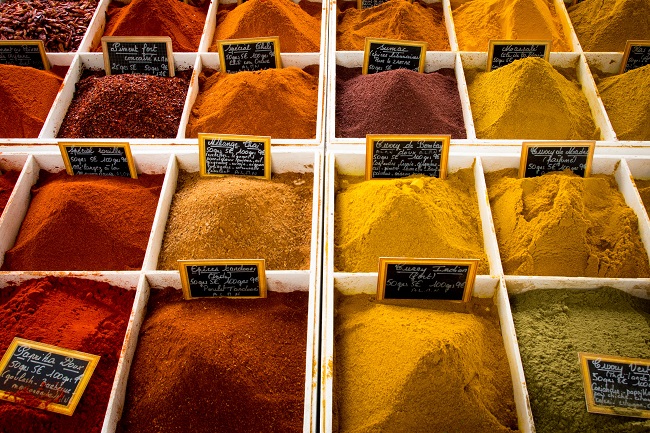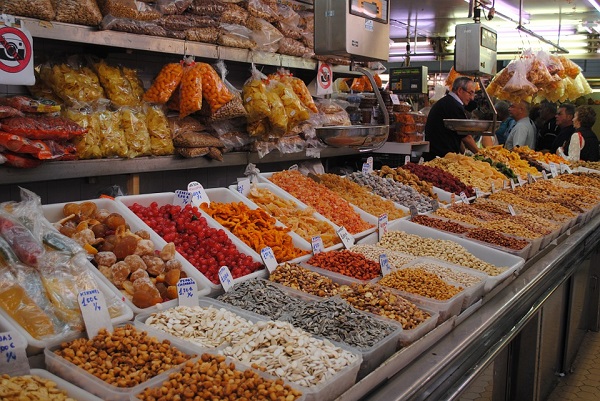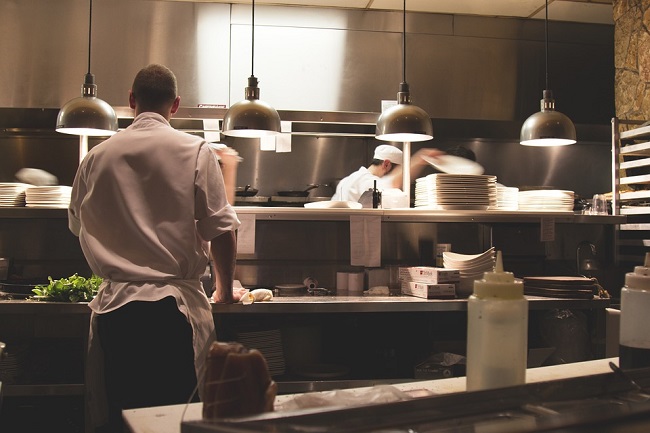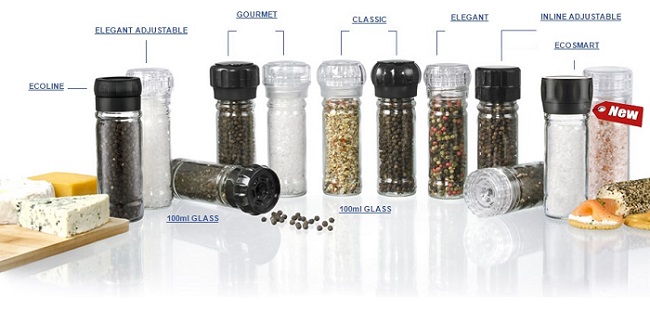Whatever your business may be, quality is paramount when purchasing spice grinders in bulk. For many business owners and operations managers, the price is seen as the deciding factor. It may seem like smart business sense to place a bulk order for the cheapest possible grinders, imported via China, for instance. Although you may save in the short term, it can be far more costly in the long term to invest in low-quality grinders, however.
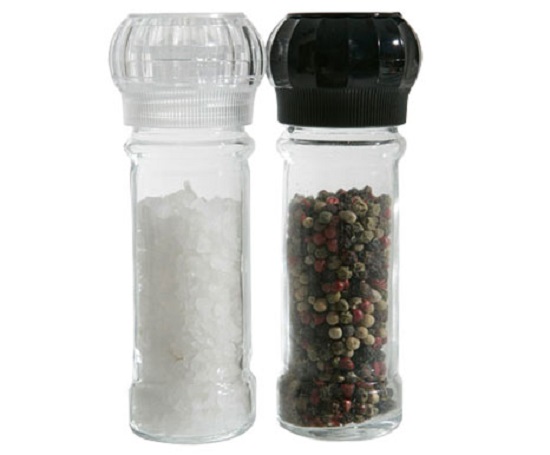
How can you tell whether the spice grinders you are about to purchase are sufficient in quality to add real value?
Avoid These Warning Signs of Poor Quality Spice Grinders
Some of the things to look out for when purchasing spice grinders include the following:
- The supplier is not ISO certified. Unless the grinder supplier is fully certified according to global standards, you will have no peace of mind knowing that they are able to guarantee food safety requirements. To use an example, Global Grinders is FSSC 22000 Certified. This ISO based Food Safety Management System ensures that our grinders meet the most stringent food safety responsibilities. This standard is fully recognised and accepted by the Global Food Safety Initiative (GFSI), as well as the European co-operation for Accreditation (EA), FoodDrinkEurope (European Organization for Food and Drink manufacturers) and GMA (The Grocery Manufacturers Association in the USA). A poor quality product cannot claim to be compliant against international standards.
- The grinders are not made from high-quality materials. While plastic grinder sets may seem standard, there is a massive difference in quality across various materials, including plastic. High-grade PET plastic is recyclable and made to be suitable for food products. Low quality plastics may not have the same level of assurance on the other hand. A quality supplier will offer both PET and glass bottles, along with high-grade lids and grinder tops that are also manufactured to the highest possible standard.
- There is no guarantee. No trusted supplier would ever sell customers a product that does not have a full guarantee. Strict quality control is essential to ensure that every single product produced is made according to the standards set forth in international regulations and recommendations. This is once again where ISO certification comes in – a fully certified supplier is able to provide a full guarantee because they know that their product has been extensively tested to ensure a longer lasting grinder.
- No liners and traceability codes are offered. Reputable suppliers give you even more peace of mind through value added services such as tamper proof liners, induction liners and pressure sensitive foam liners that all help to keep salts and spices fresher for longer on the shelves. Likewise, traceability codes are also important in the bulk spice grinder industry, as this provides a clear chain of evidence that is in line with international standards of compliance. At Global Grinders, all of our grinders are individually UV marked to prove camera line inspection, providing full traceability and quality conformance.
To learn more about placing an order at Global Grinders, you can view our Ready to Grind range, or contact our sales team directly for a price list on our wide range of spice grinders.


